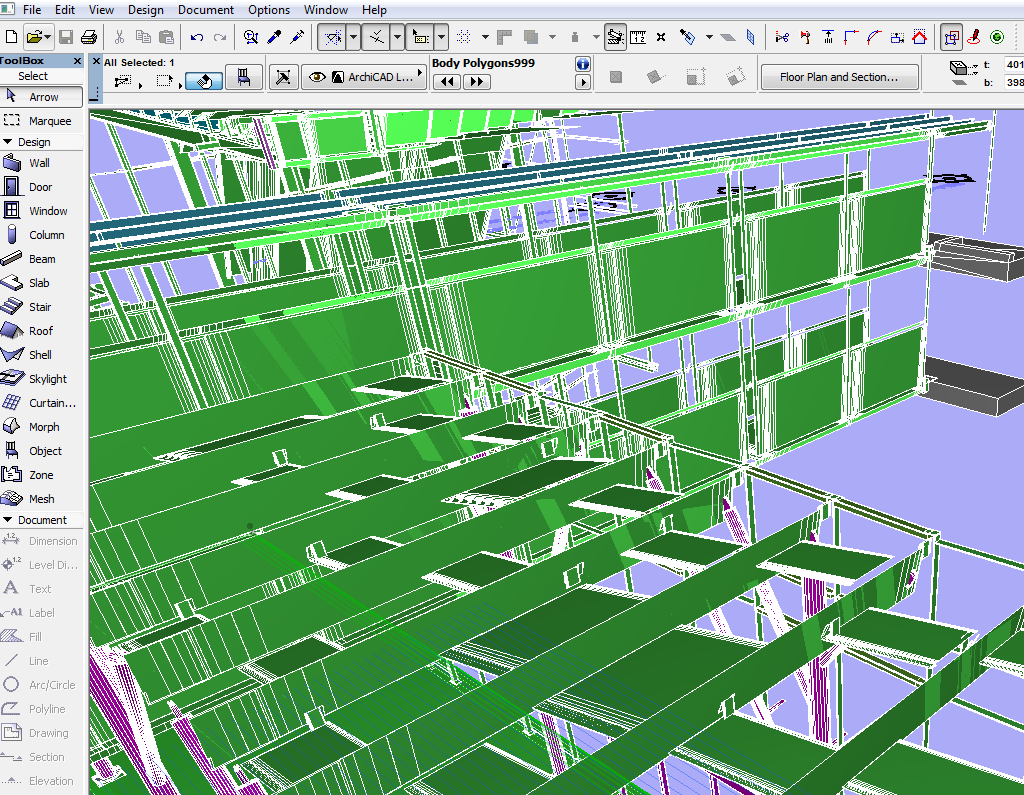
Right-click the zipped folder and extract it to get the individual collada files.
#Multipatch to collada bug kml windows
Using Windows Explorer, navigate to the location where the KMZ file has been saved and rename it to name.zip. This tool creates one COLLADA representation for each multipatch feature that it exports. dae file containing the XML representation of the 3D object and one or more image files (for example, a. Notice that the models are not aligned (rotation) correctly. Open this KML in Google Earth and save it as a KMZ file. This means that exporting a multipatch feature to COLLADA can result in the creation of several filesa. 2 Comparison of two models - the darker one was exported with Layer To KML, and the lighter with Multipatch to collada. 1 Starting from the left: model obtained by Multipatch to collada, model obtained with Layer To KML, 2D vector layer extruded inside Google Earth.įig. I can't provide an image, because the kmls generated that way keep crashing my GoogleEarth.įig. The ArcGlobe - ArcMap Map to KML way (described here. It also creates a Multi Geometry kml from which only the first element can be edited in GoogleEarth so you can't do the cleaning up in it.ģ. I tried doing it with models of different origins (different companies providing models of 3D cities, simple extruded polygons and it's still a problem). Layer To KML - it gives me some strange flickering triangles here and there and some of the triangles that were present on the multipatch it was created from are missing. Convert KML to ArcGIS data using the KML To Layer tool, then use the data in other operations, like a Buffer analysis (Google Earth image courtesy of Google Earth). In my case I was converting from Google Earth (KMZ) files, which use COLLADA (.dae) models internally. You can see it on the second attached image (compared to the same multipatch exported with Layer To KML).Ģ. But why isn't it done during the export process? The last but not least problem is that collada models georeferenced by the kml file created by Multipatch to collada tool have. I can open the collada model in some kind of 3rd party 3D graphics editor then remove the materials (or change them to shaded ones) and join all the geometries into one model. YouTube 0:00 / 5:00 Converting SketchUp 8 models to ArcGIS 10 Multipatch features. It duplicates vertices and gives them normals with directions different than it would be on a single-part model (it may be, I don't know if it is in fact, a problem, cause some problems with lightning). Converting SketchUp 8 models to ArcGIS 10 Multipatch features. the more complex the model the more parts get created). The second problem is that the multipatch is split into a few separate models (eg. You can see it on the first model on the first attached image. It is simply shadeless which does not look good at all.

The first is the shader/material that gets created for every part of the exported model. Multipatch to collada - it creates a collada file as well as a kml with the spatial reference of the model.

From what I understand there are three ways of exporting to kml:ġ. I'm exploring ways of converting 3D GIS data from ArcGIS to kml/kmz format for GoogleEarth and I keep running into all kinds of troubles.


 0 kommentar(er)
0 kommentar(er)
